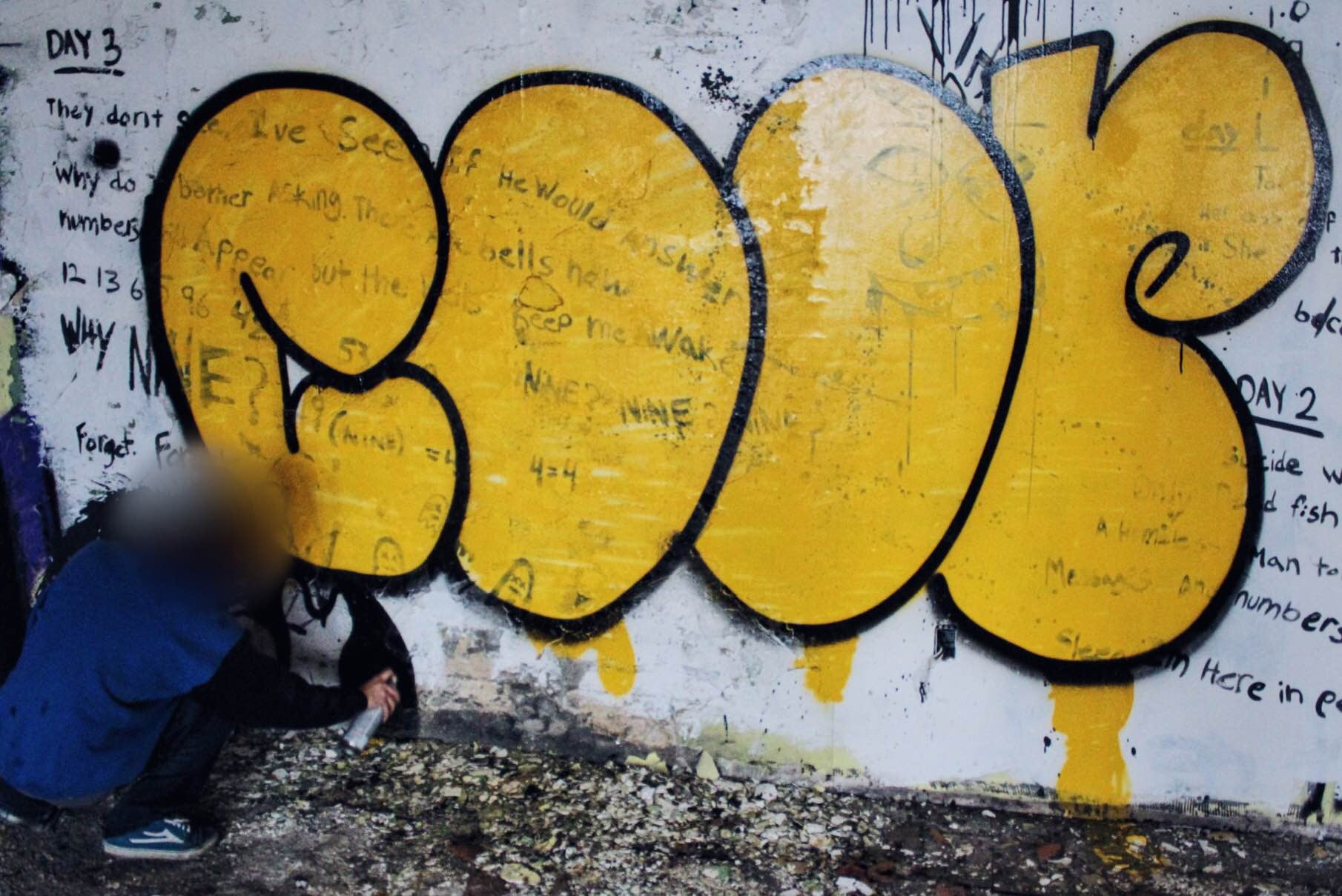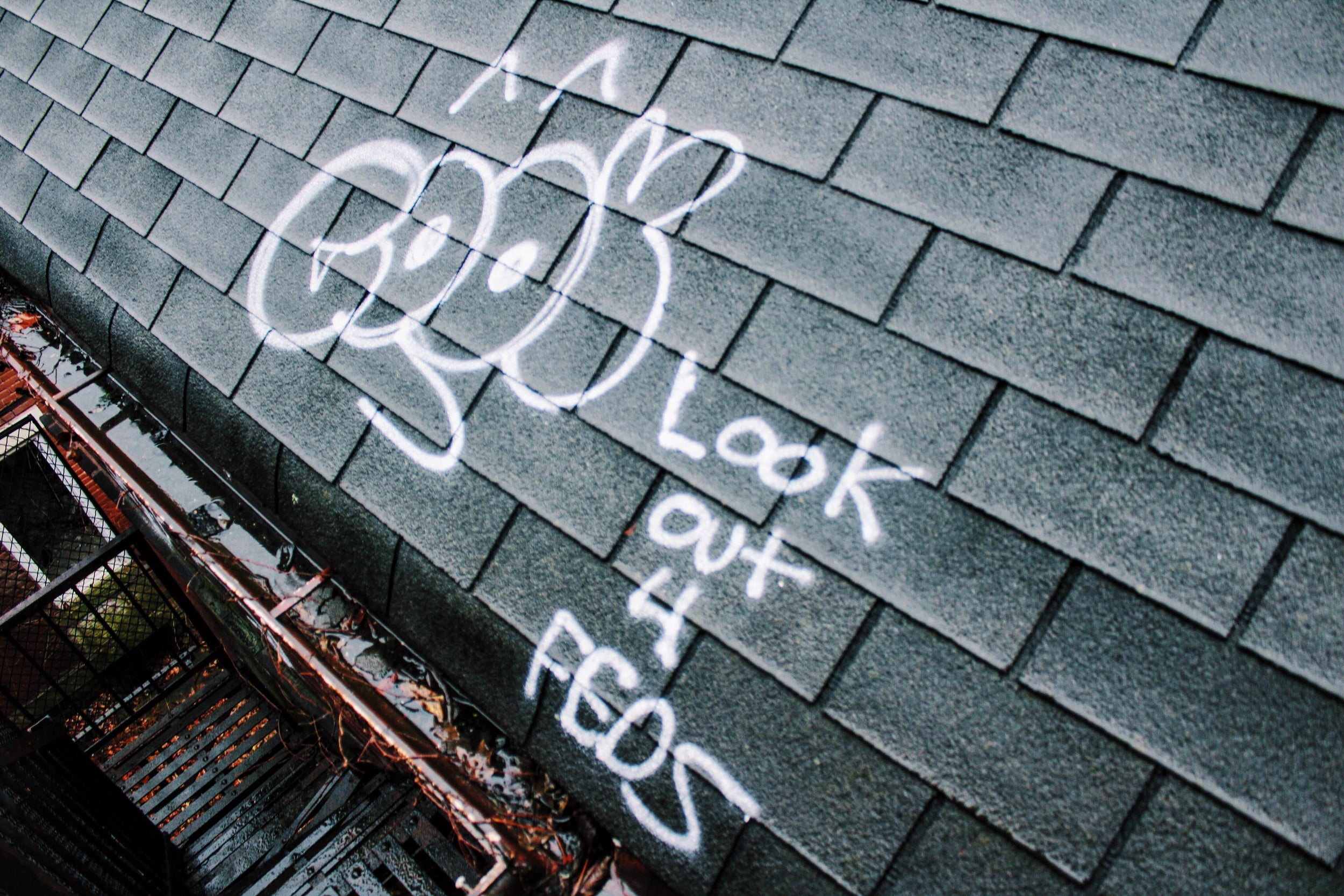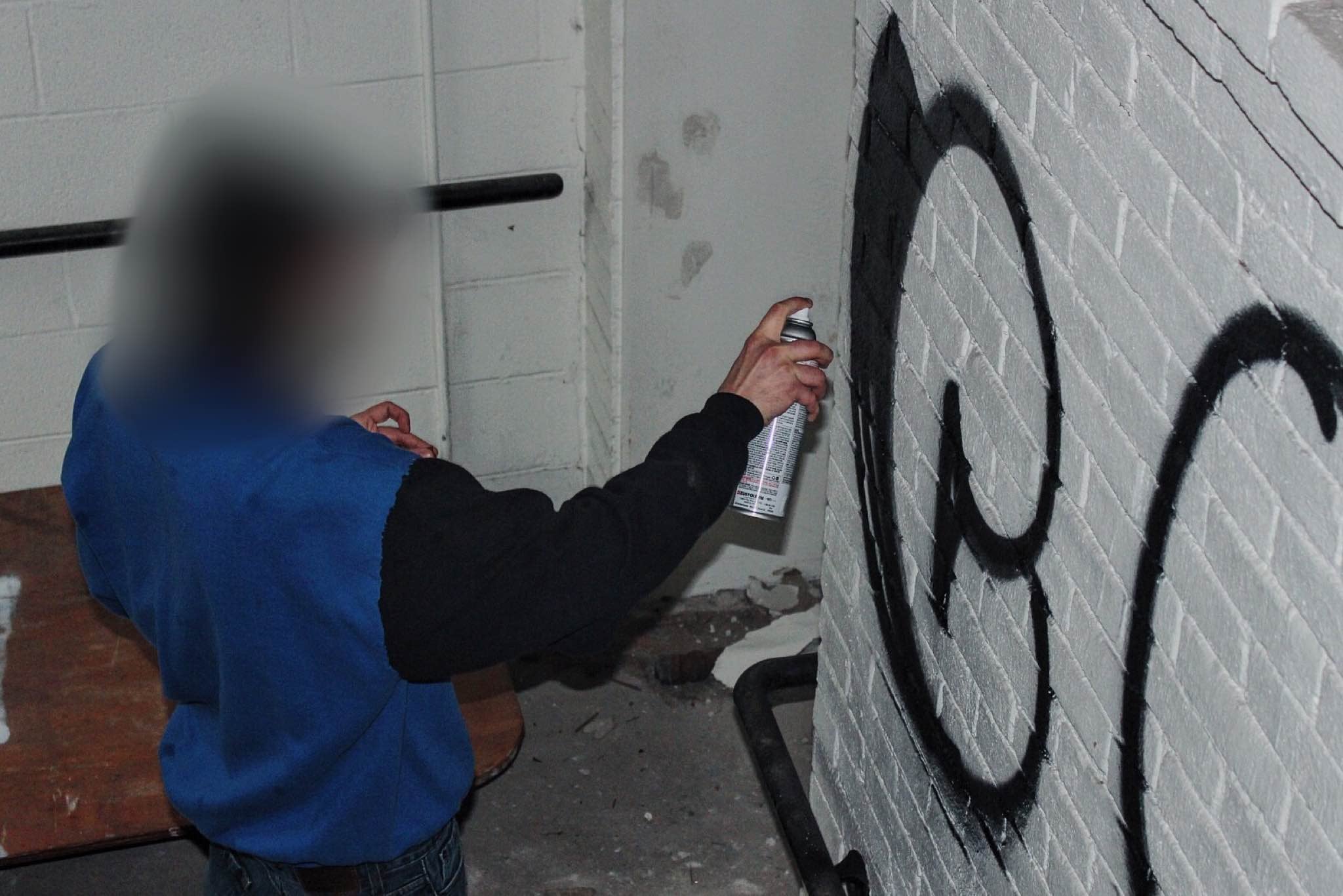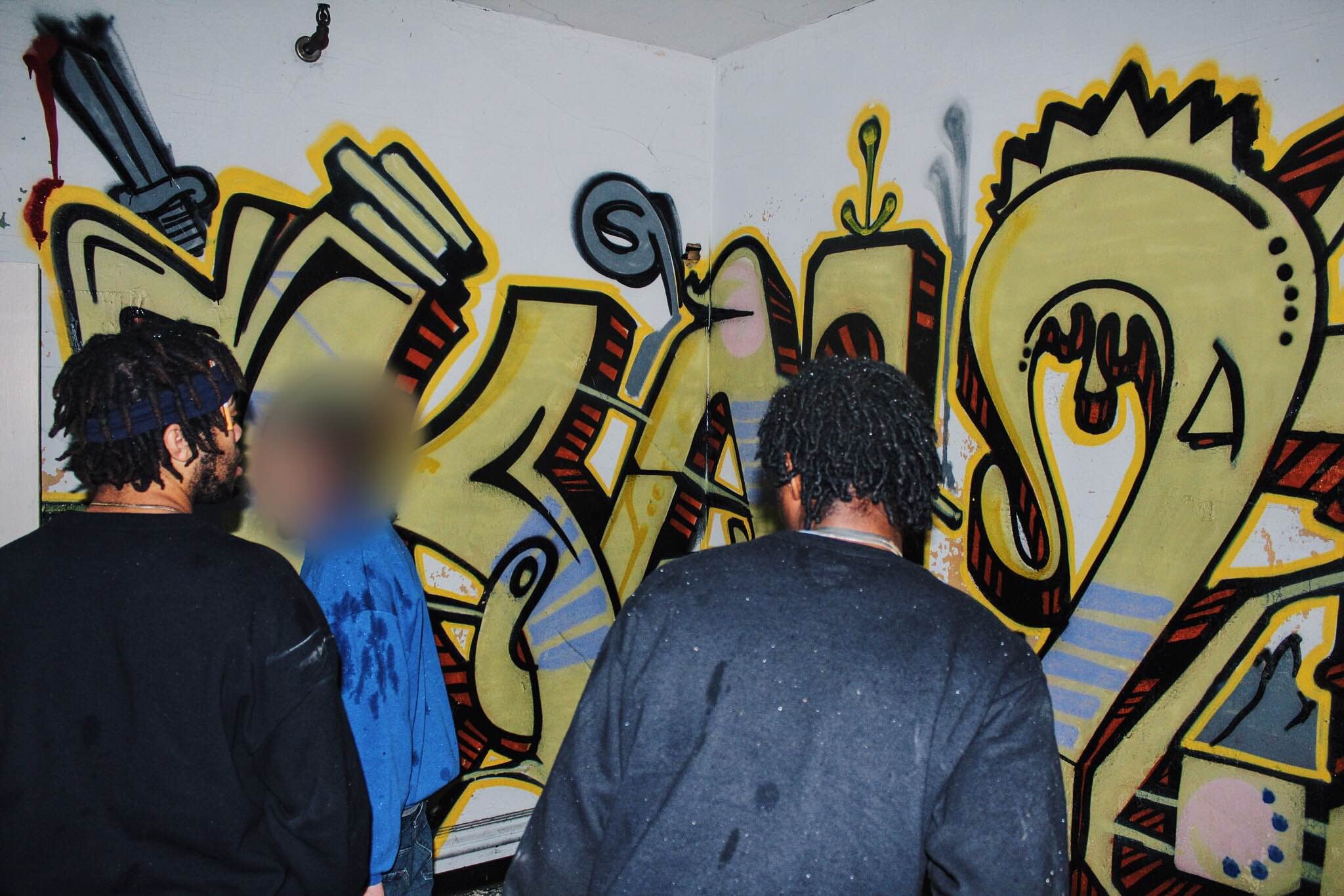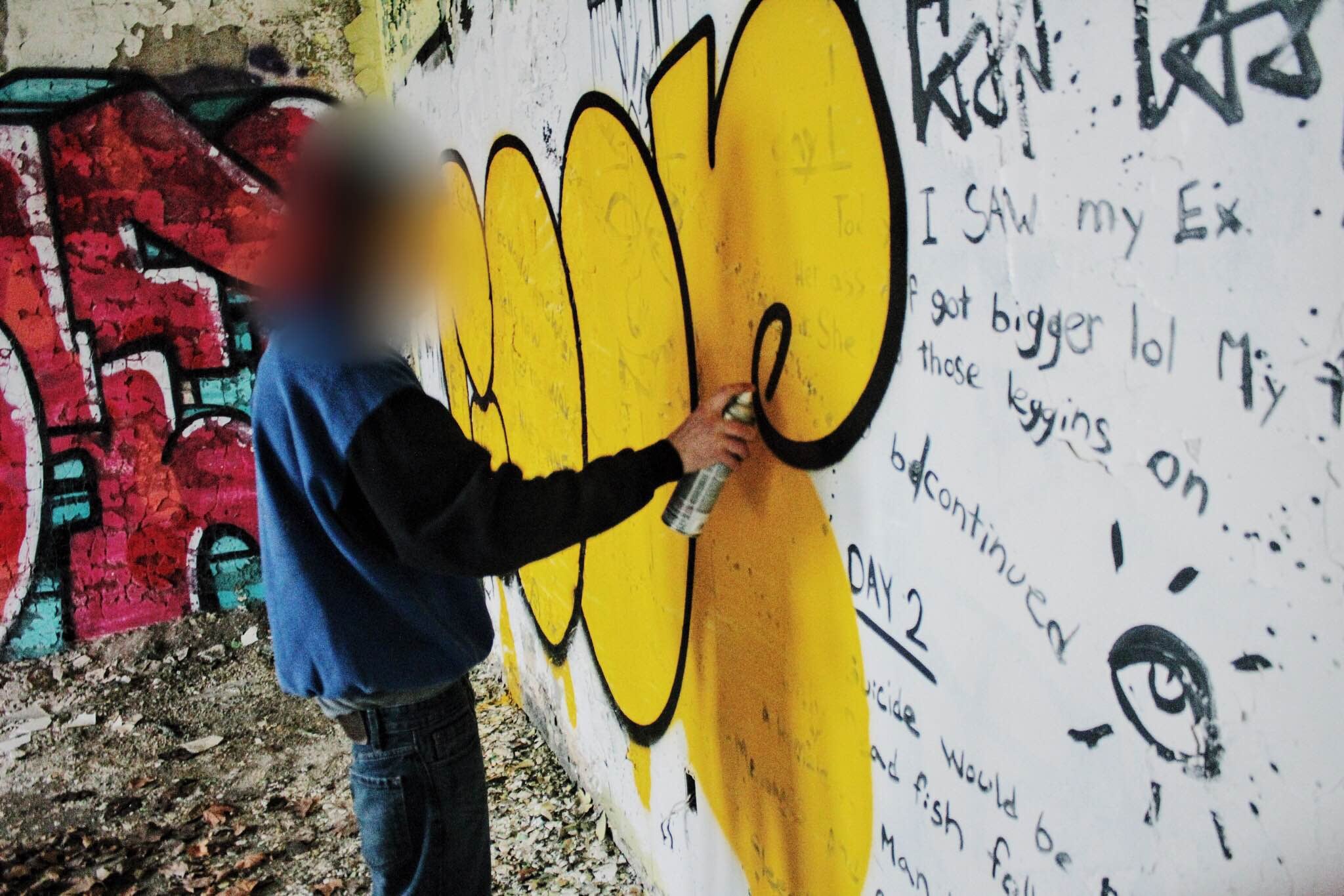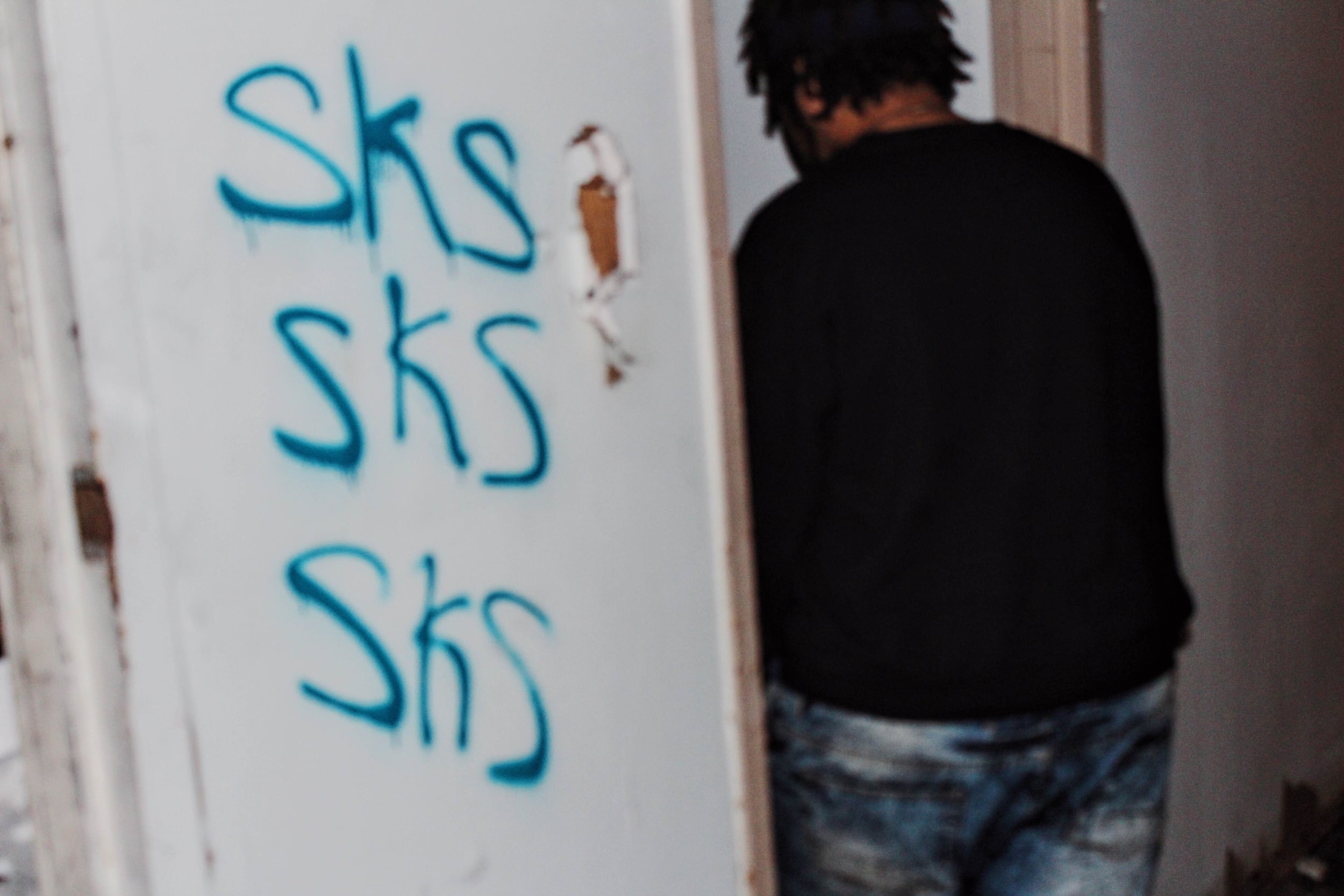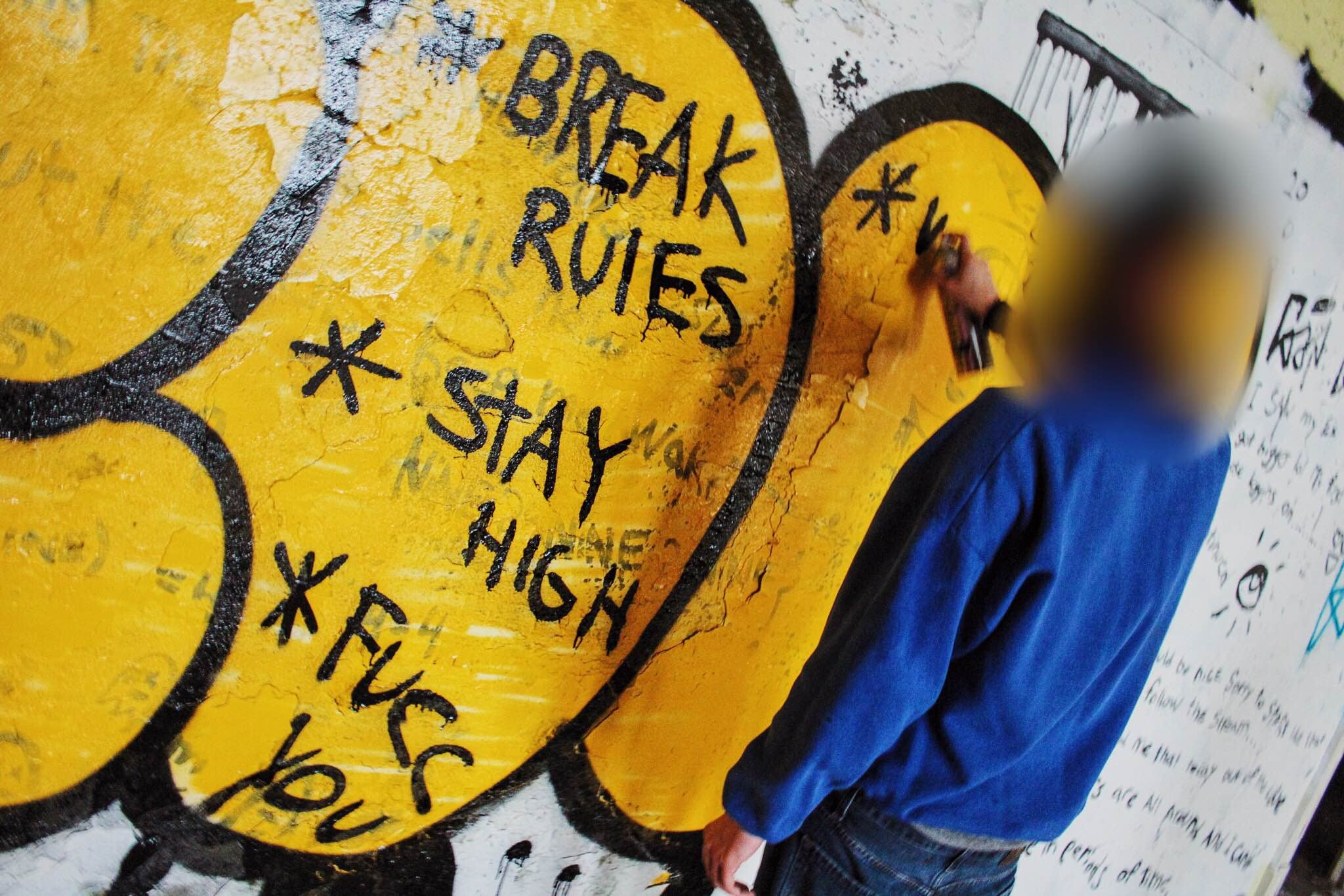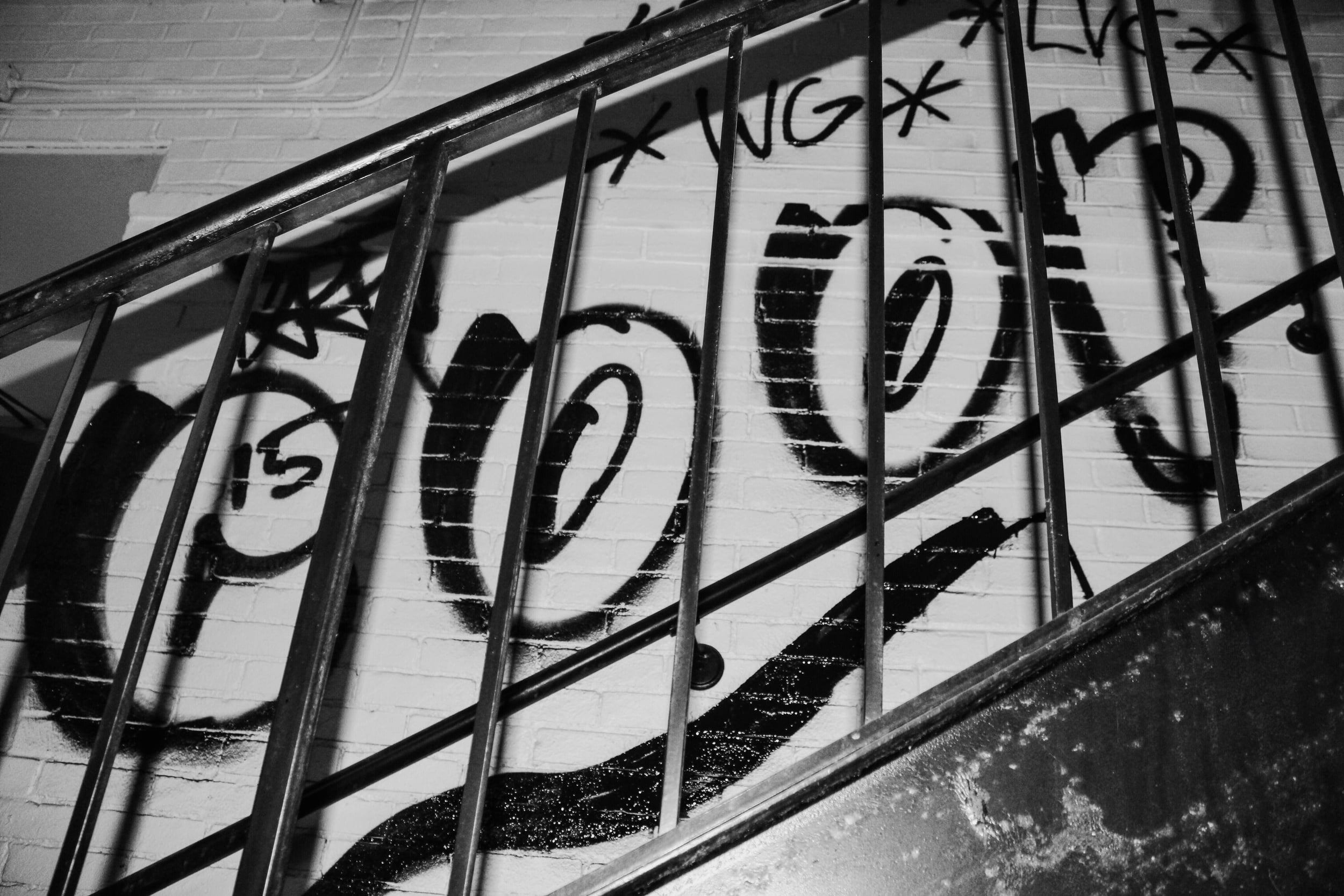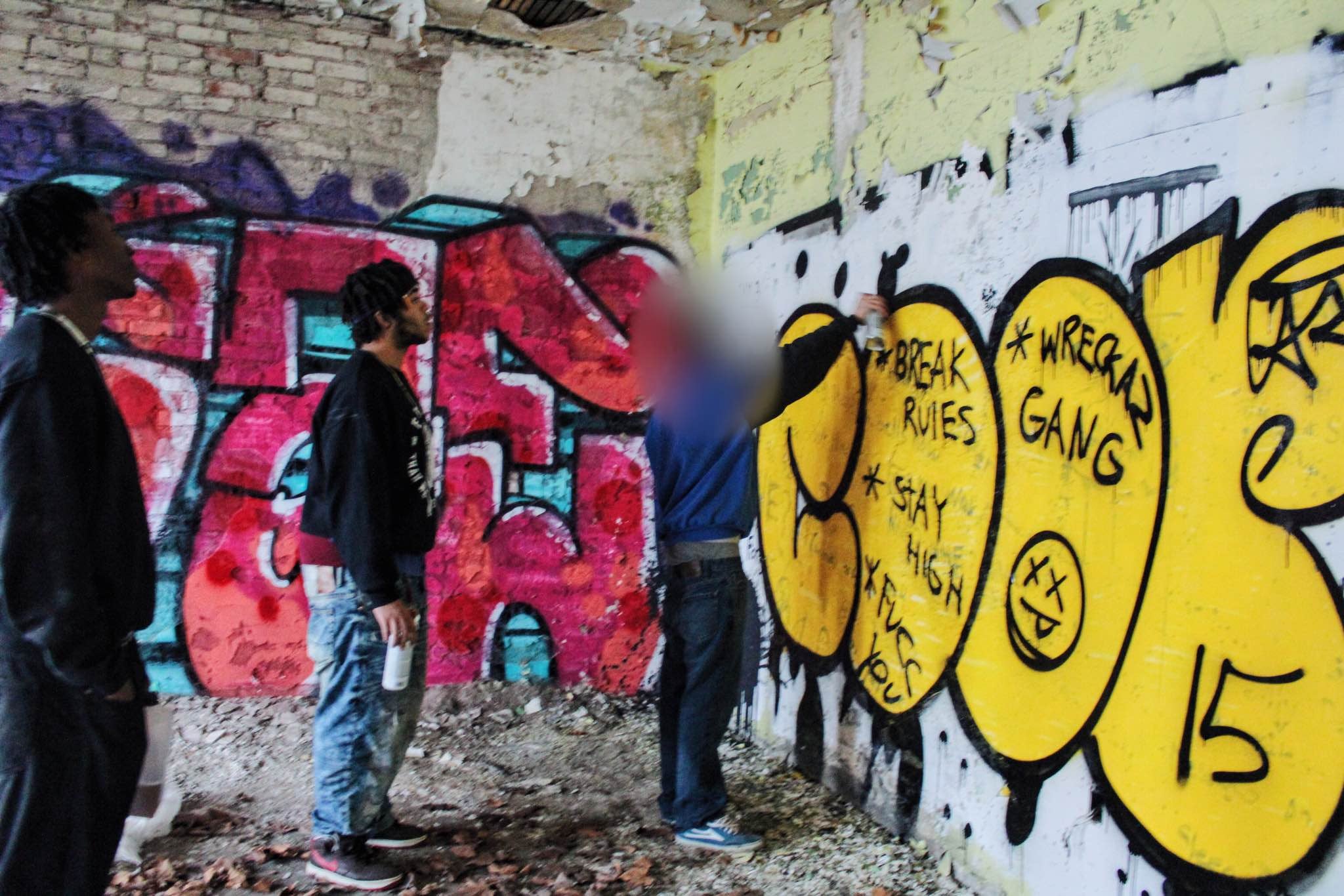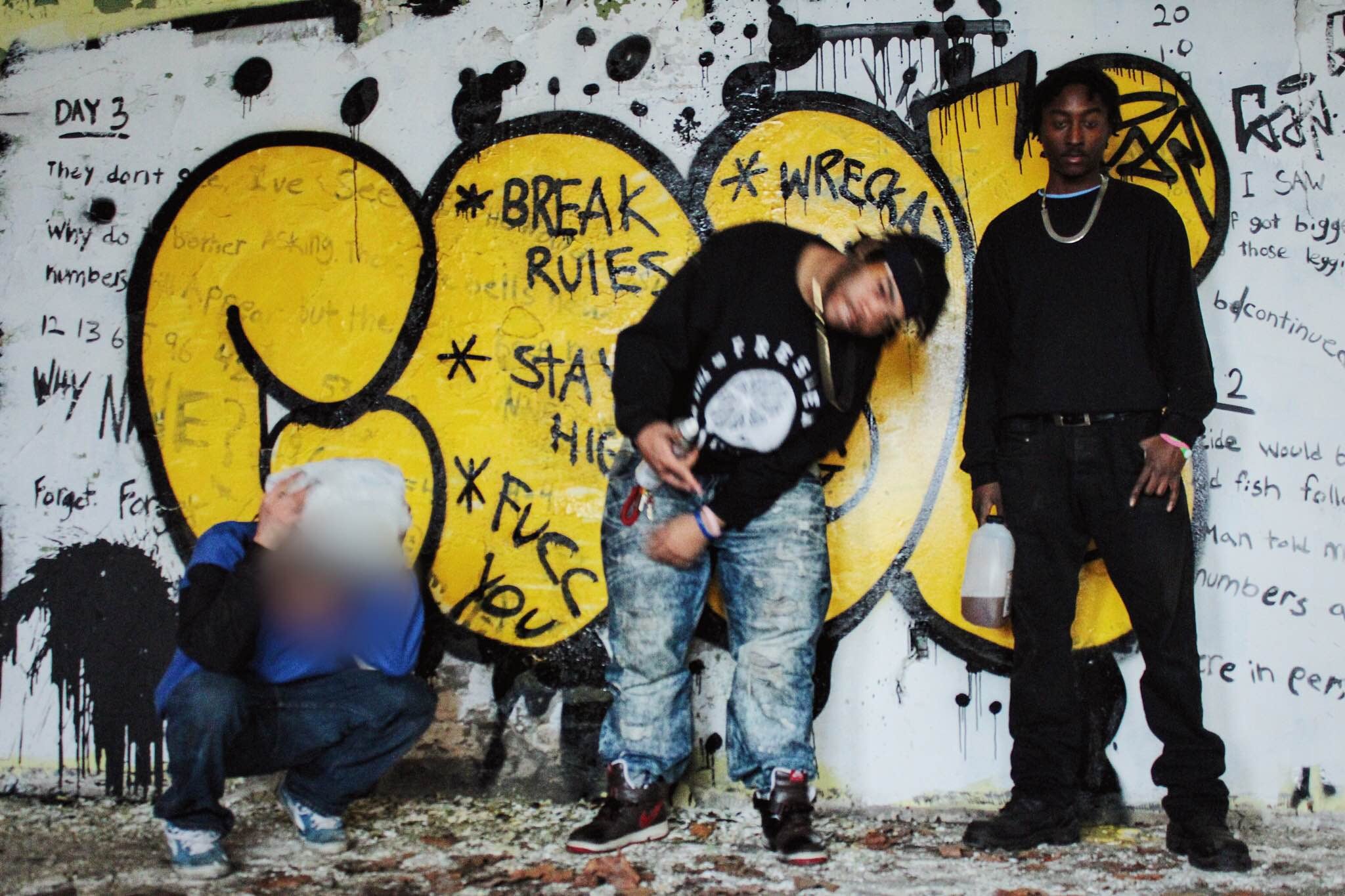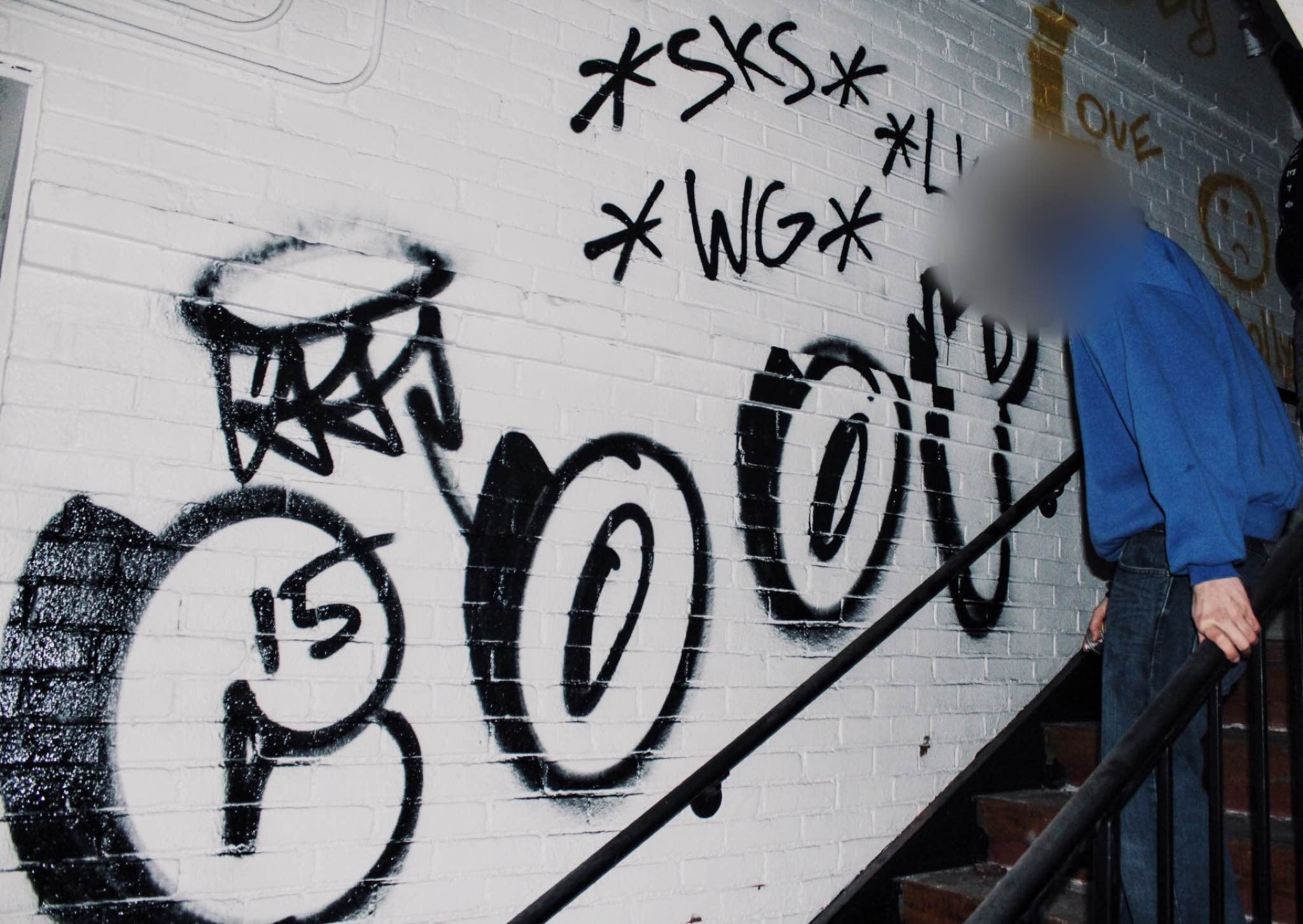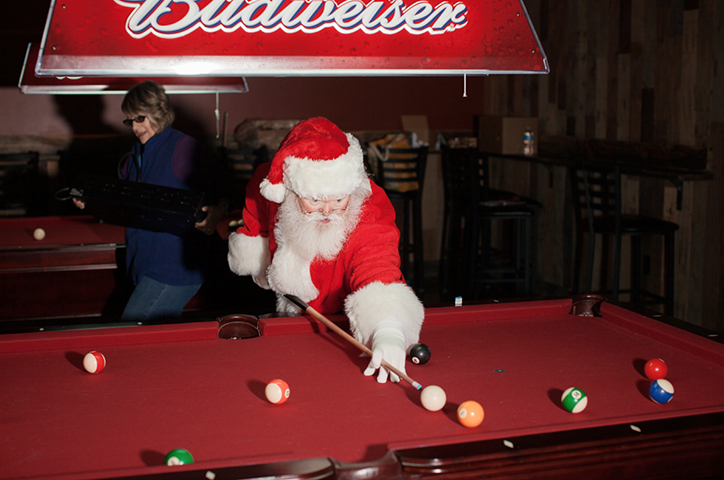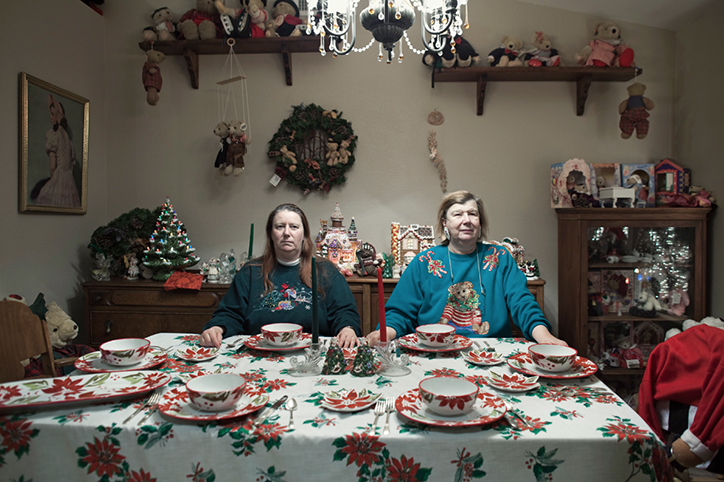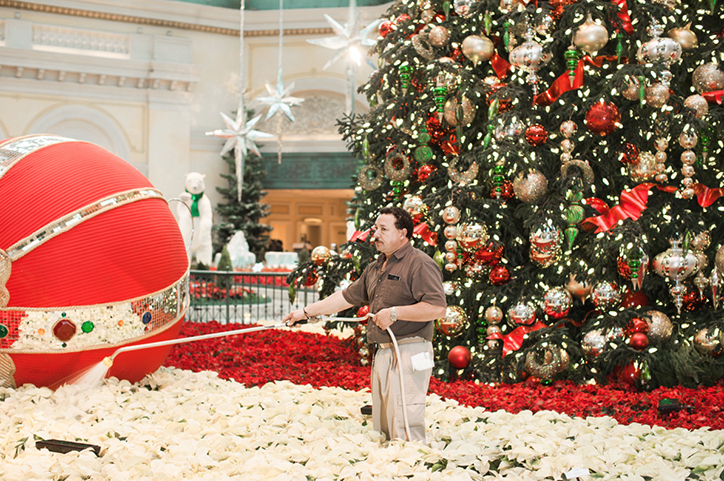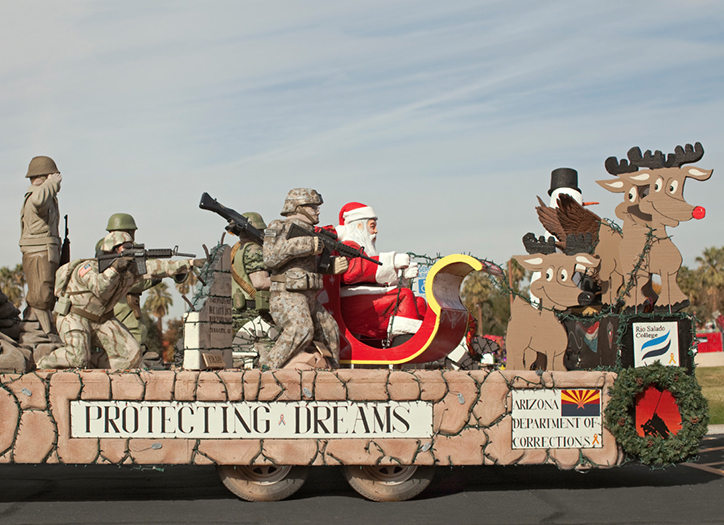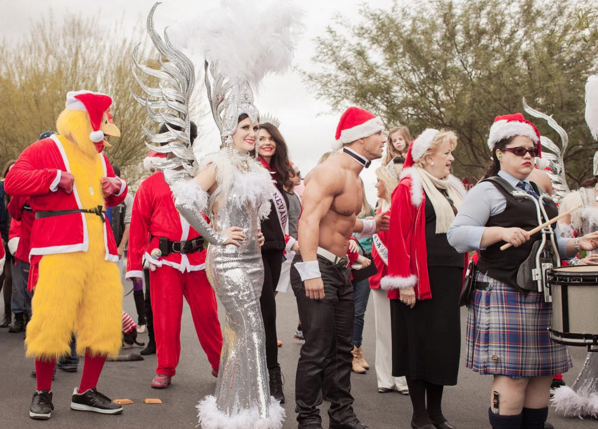Cozz for URLA Brand
Underrated Los Angeles, more popularly known as URLA, is a lifestyle clothing brand originating in Los Angeles, Ca.
URLA's moniker and mission is an exposé of sorts, as the brand showcases, highlights, and promotes a class of artists undiscovered or underappreciated in the Los Angeles area and beyond. The creative forces, be them rappers or models, join URLA brand in projects such as collaborative t-shirts and lookbooks. URLA uses its website and social media platforms to feature the works, and then visibility is increased by the garments' real world implementation like on stage at live music shows.
For instance, in the past, California rapper Murs (Making the Universe Recognize and Submit or Making Underground Raw Shit), collaborated with URLA on multiple t-shirts, like "The Youth Have The Power," "Everybody Is Somebody," and the most recent "Three Sixteen" capsule. (Listen to his song called "No Shots" with producer 9th Wonder and Pittsburgh rapper Mac Miller.)
Additionally, the latest collection and collaboration from URLA cannot go overlooked. The streetwear label's new range of products, consisting of branded beanies, dad caps and a long sleeve logo T-shirt, are modeled by rap group Tha Committee, front manned by Cody Macc, aka Cozz from Dreamville Records. The clothing and lookbook release comes roughly two weeks after Cozz dropped his latest mixtape, Nothin Personal. MEEZ, the tape's executive producer, and Correy C, who appeared on Revenge of the Dreamers II, are also featured in the curated visuals.
Underrated Los Angeles' brand execution, the partnership with relevant artists, and promotions underline the up and coming talents people need to take notice of. Through its clothing collections, URLA shows appreciation to the art and the culture at face value.
Shop URLA at urlabrand.com.









